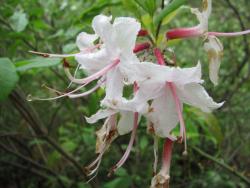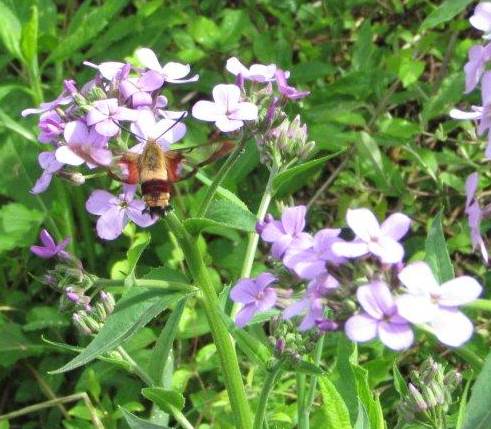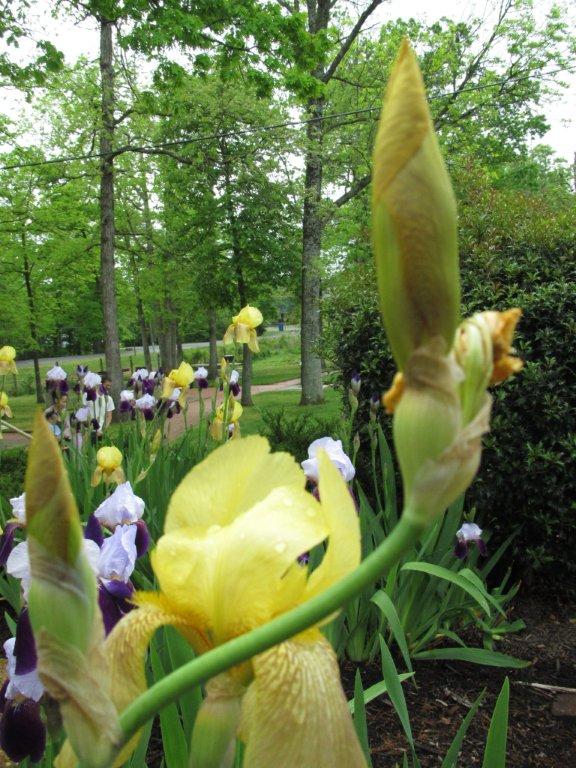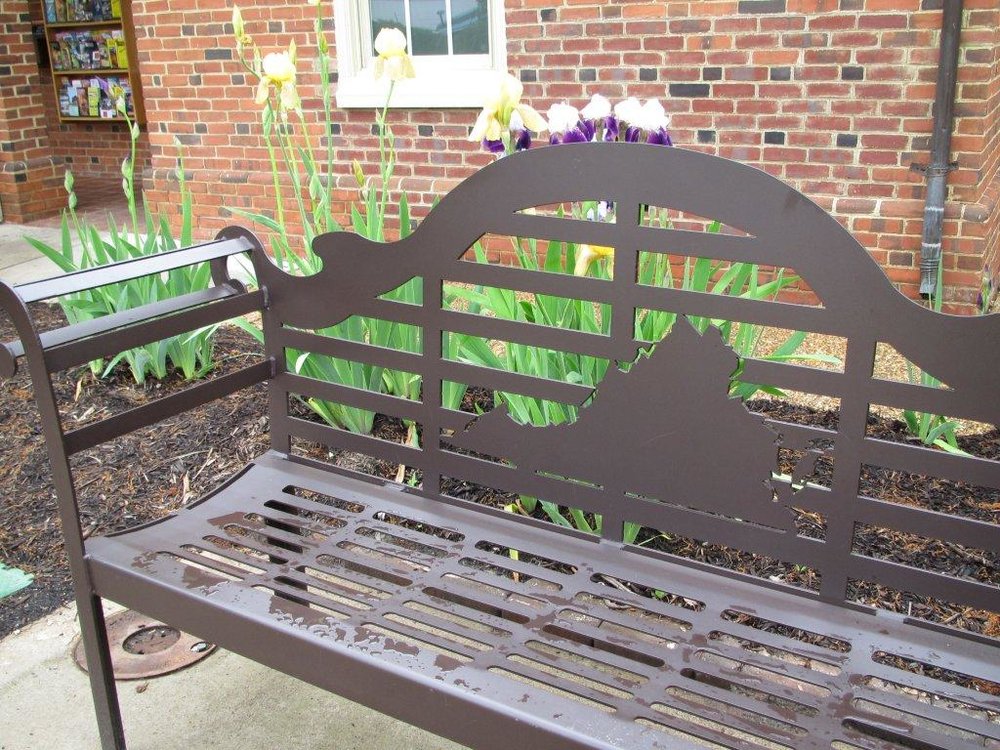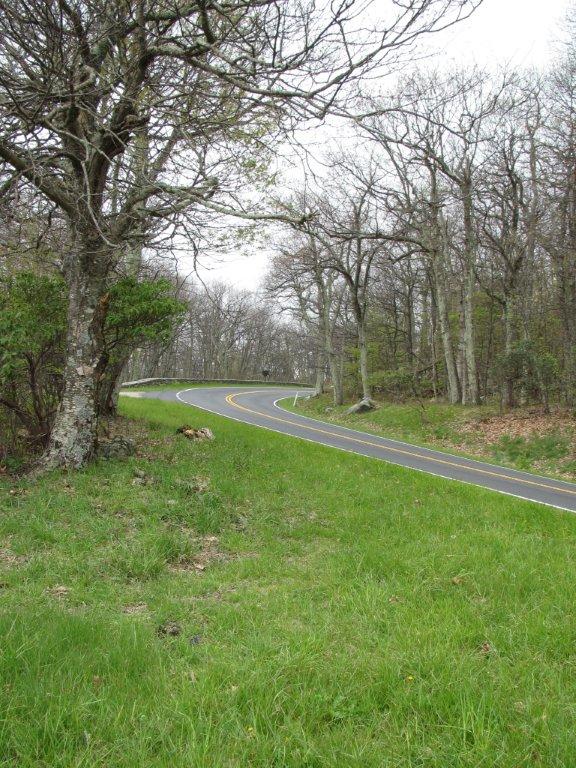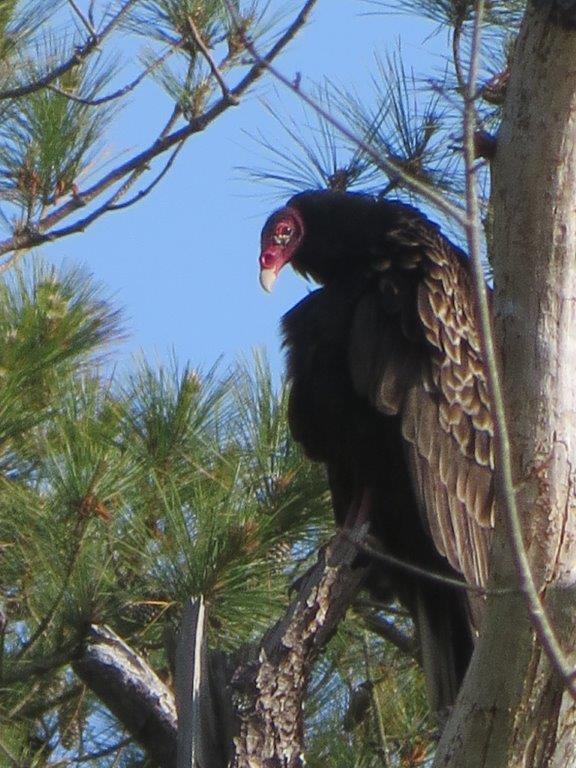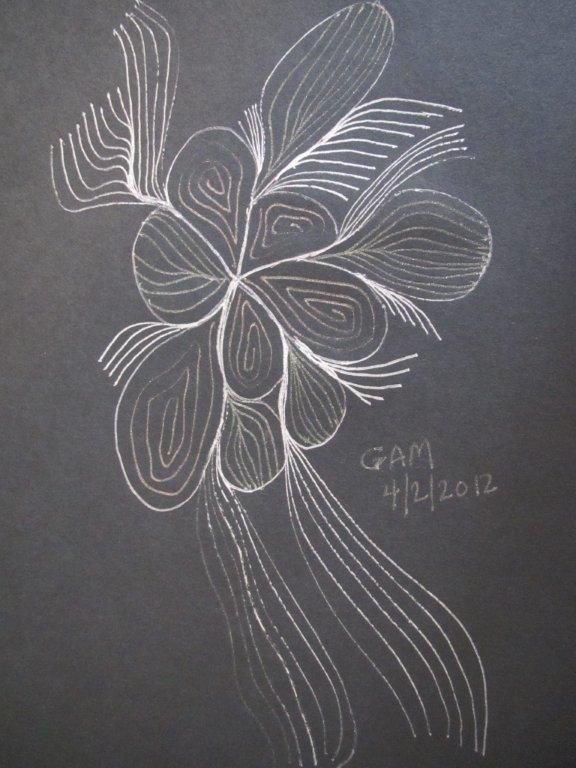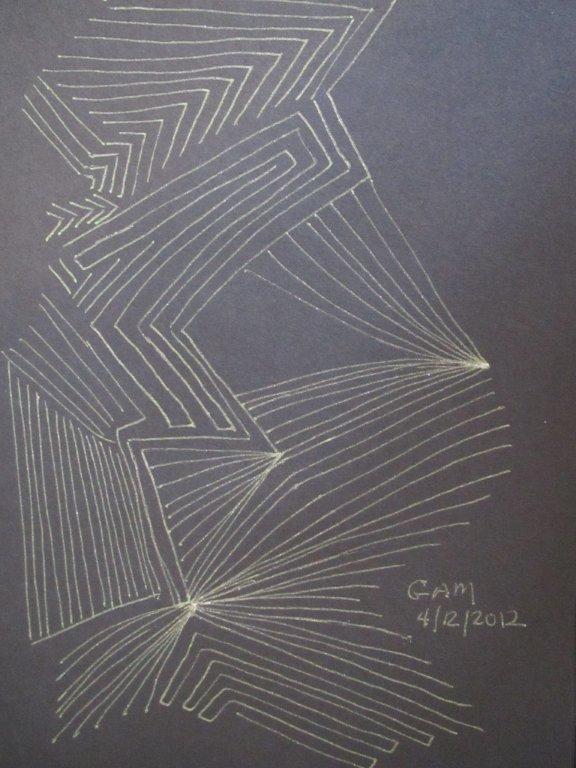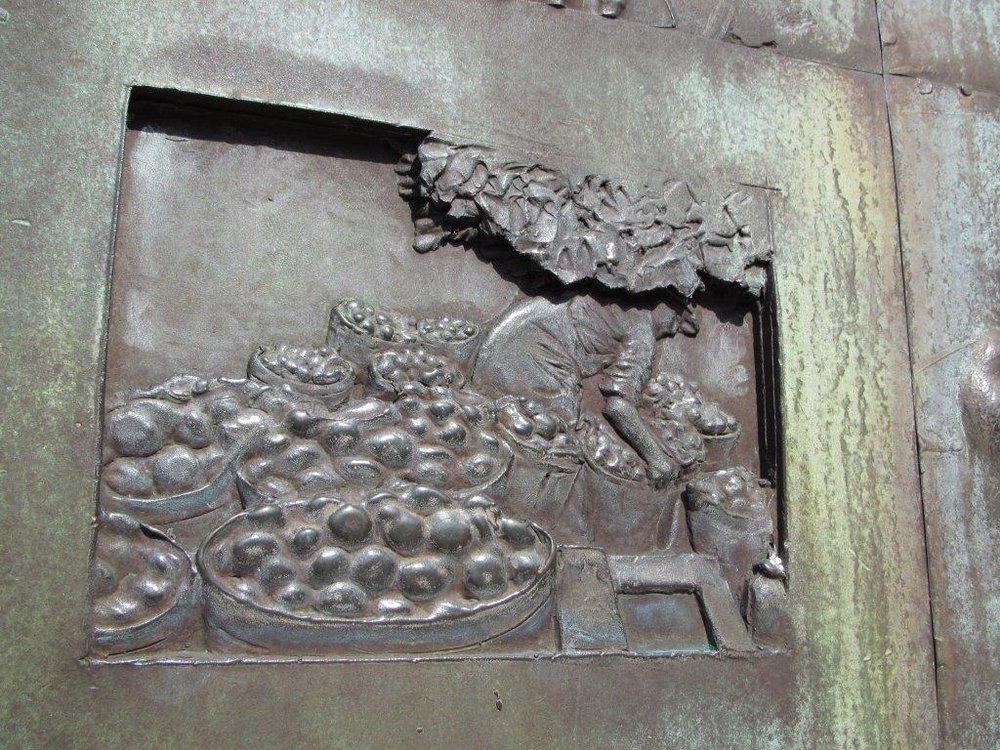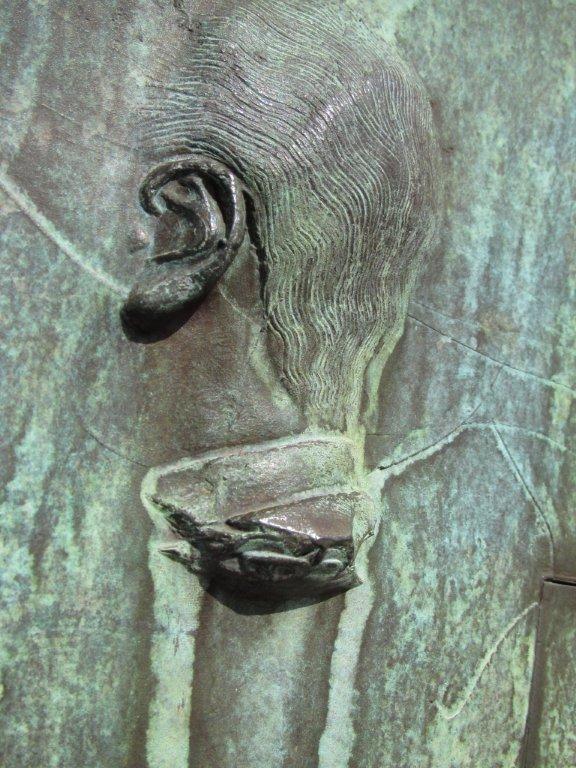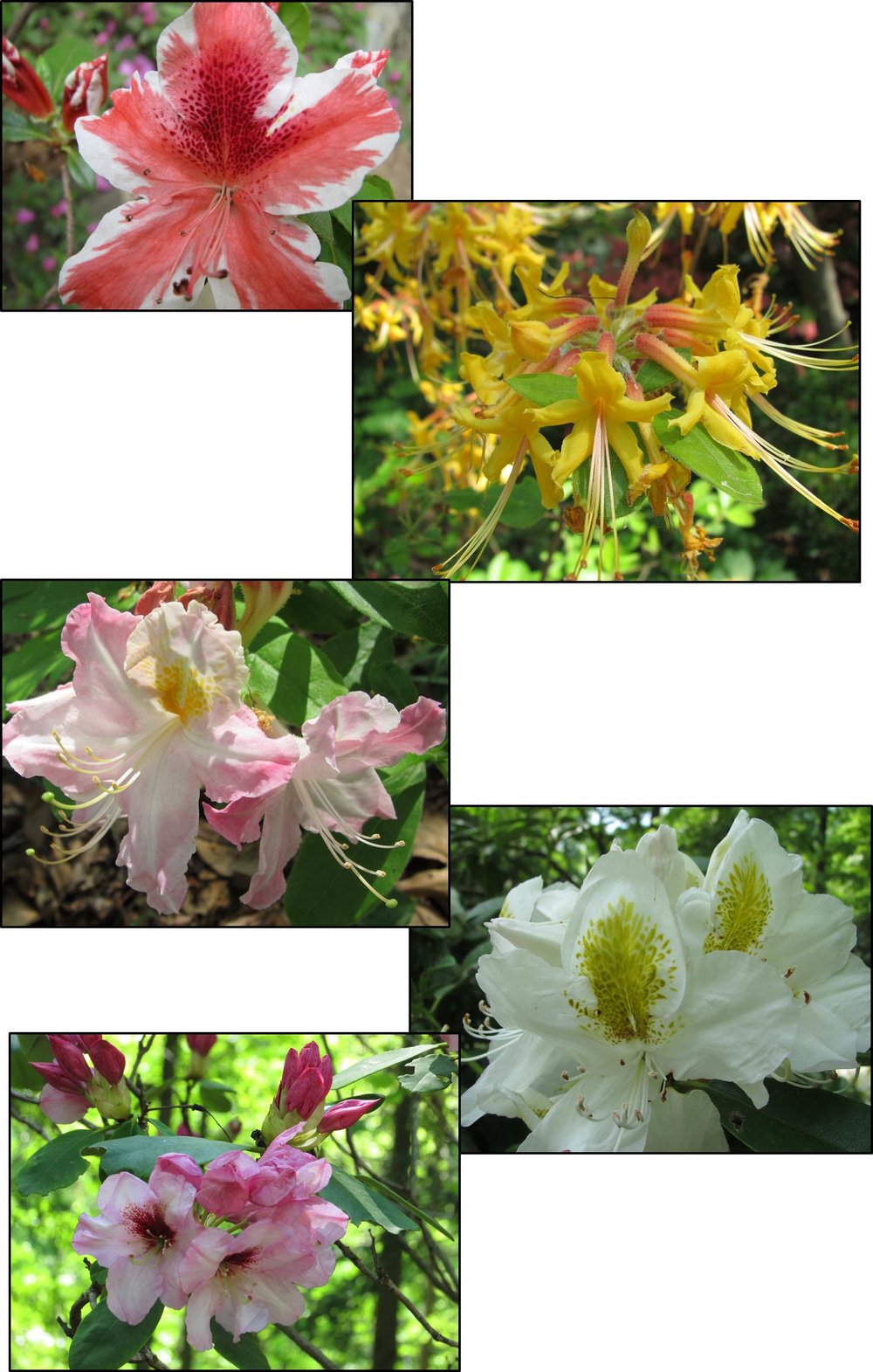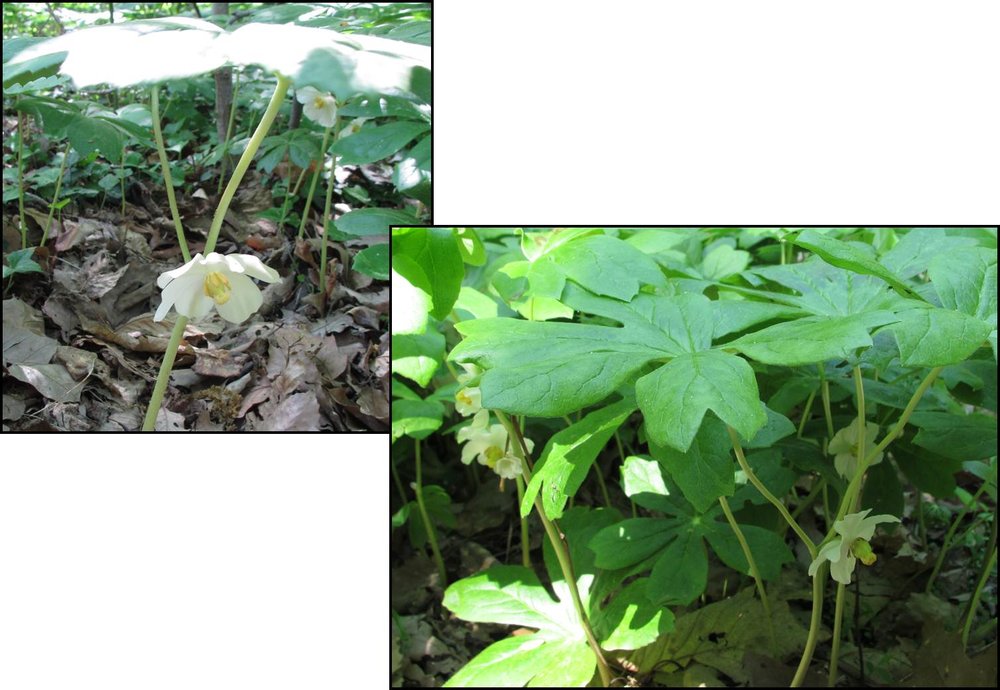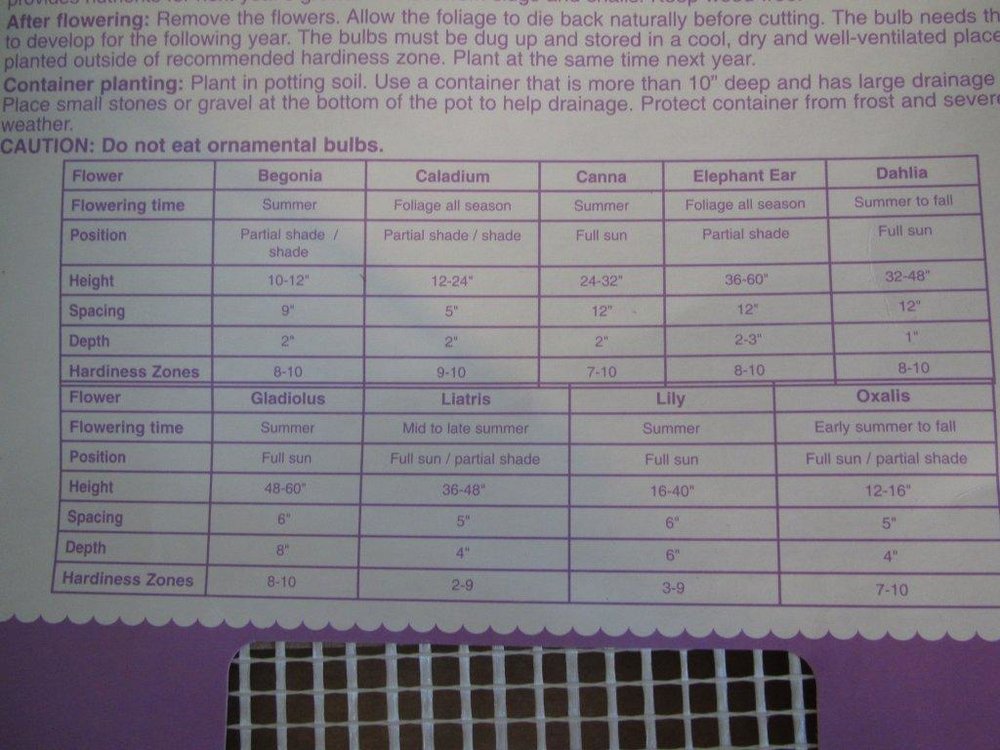Gleanings of the Week Ending May 5, 2012
/The items below were ‘the cream’ of the articles I read this past week:
 Live stream of Blue Heron nest at Cornell Ornithology Lab - There are 5 chicks…two cameras. I leave it on almost all the time. I love having bird noises in my office and they are so interesting to watch. The chicks are growing fast so don’t wait to take a look. The adult male has the extra plummage on his head (the female lost hers in a battle with an owl) and a missing toe on his right foot. They take turns on the nest.
Live stream of Blue Heron nest at Cornell Ornithology Lab - There are 5 chicks…two cameras. I leave it on almost all the time. I love having bird noises in my office and they are so interesting to watch. The chicks are growing fast so don’t wait to take a look. The adult male has the extra plummage on his head (the female lost hers in a battle with an owl) and a missing toe on his right foot. They take turns on the nest.
New Saturn video created from Voyager and Cassini spacecraft images - Video and music
New Reservation System In Place For Firefly Viewing At Great Smokies June 2nd—10th - The fireflies that flash synchronously have become so popular that a ticketing system has been put in place. Good to know if you plan to see them this year.
About One Baby Born Each Hour Addicted to Opiate Drugs in U.S. - very sad
Arabic Records Allow Past Climate to Be Reconstructed - Weather in Iraq/Syria in the 816-1009 time period…a time with lots of cold waves in that area of the world
Yellowstone Super-Eruptions More Numerous Than Thought? - yes, it’s still a super volcano
The Library of Utopia - Another try to create the giant online library
10 Emerging Technologies - A list from Technology Review. It has a pull down so you can look at their list from previous years too
Is automation the handmaiden of inequality? - Productivity per hour has continued to climb while the hourly compensation flatten sometime in the 1970s. Manufacturing jobs in the US have declined precipitously since around 2000 while the manufacturing output has continued to increase (and this in spite of outsource manufacturing to other countries too!). Blog post + comments to get lots of interpretations of the data.
Breakthroughs in glass technology - and they’ll come on line in the next few years...I like the idea of having wall sized screens!



